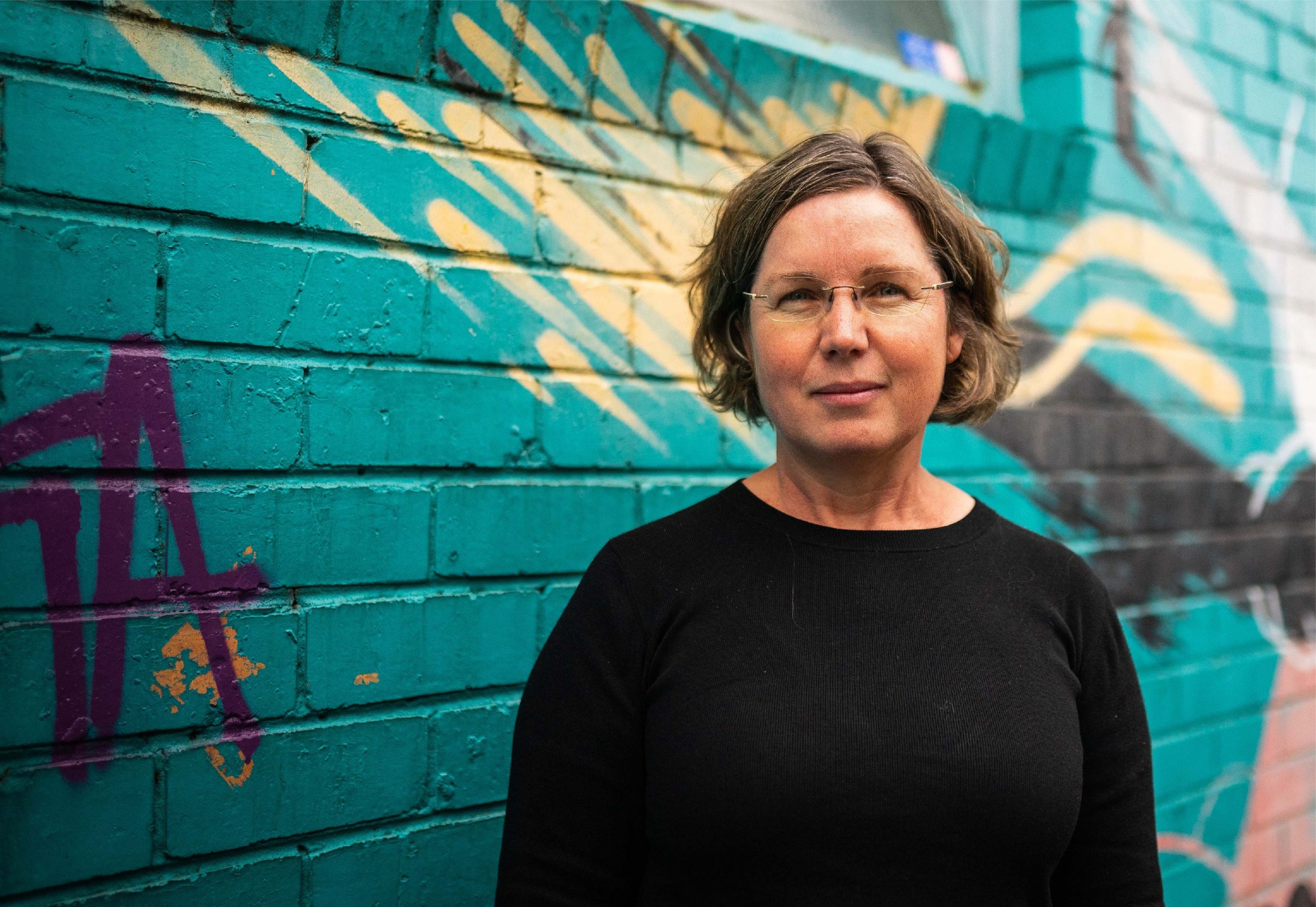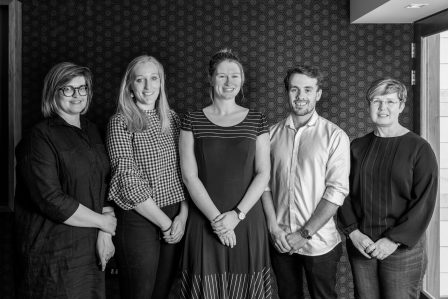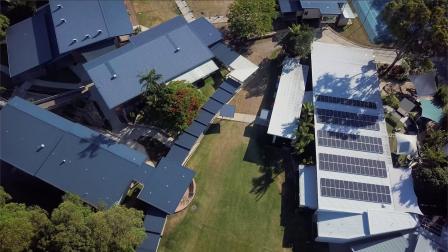
The 2020 Mayfield Project is about to present their findings for this year. A national biennial research program centred around education design, it is coordinated by Learning Environments Australasia and includes architects, planners, educators and students.
Amanda Loughman – one of the architects in our Melbourne studio – was one of this year’s ‘Mayfielders’. We sat down with Amanda to discuss her thoughts over the last few months, ahead of this week’s project presentation.
This year’s Mayfield Project looked a little bit different than usual. Can you tell us what it was supposed to look like and how it differed given the impacts of COVID-19?
Amanda: We were originally supposed to fly in from across Australia and New Zealand and meet up in Sydney for a weekend, and then present the report in person back in New Zealand at the Learning Environments Australasia Conference… all of which didn’t happen! Instead, we had a bunch of online workshops that took place over the last few months. We met on Zoom and shared our thoughts on an online collaborative whiteboard tool.
Did you have any expectations leading into the research project?
Amanda: No expectations, really. I was told about it by Rich (Austin, Principal in the Melbourne studio), submitted an application and was fortunate enough to get accepted! It was really just another opportunity to learn something new.
What was this year’s topic, and what was involved from a research perspective?
Amanda: We looked at how to encourage and develop more curiosity in learners and their learning environments. The team developed a report and produced a ‘Creativity and Curiosity Guide’, which is a flow diagram that helps someone get the basics right – lighting, acoustic, CO2, accessibility, safety. Just some things to think about – for teachers, designers, planners. We had different teams working on different projects and thinking about variety of spaces or different textures.
We also had curiosity topics – I did some research with my kids, showing them image and text, and seeing which one would lead to more questions. Some teachers did it with their classes and we brought them together to coalesce and build a common understanding during a whole lot of workshops – like four or five three-hour sessions? It felt like hours and hours refining it as the team continued to meet and work on the document.
What was the group like and were there any perspectives that you found particularly interesting?
Amanda: It was a really diverse group: educators, architects, planners, and project deliverers. Overall, I’d say I found the perspectives from the participants in New Zealand most interesting. We discussed the idea of an ILE (Innovative Learning Environment) – not a traditional classroom with a teacher standing up the front but setting up spaces with different areas and settings like gathering spaces or small spaces for kids to do certain things. Or the idea of different presenters, where some activities require explicit teaching and others have kids teaching in front of a whiteboard. Different settings that are dependent on the need.
It must be interesting being exposed to a variety of different ways to teach. As you’re involved quite heavily in designing schools from our Melbourne studio and being involved within our education sector, are there things that you’ve learned over the past few months that you’d apply to the way you would now approach new projects?
Amanda: I’d start by trying to understand the school’s pedagogy – go, listen and ask the right questions. Understand how the school works and where they want to go… what do they have now and what do they need to get there. Understanding the requirements is key.
Also, you need the teachers need to buy in and be willing to be trained and use the space in the same way. I didn’t realise how important the culture is and bringing the staff and the school community along. You can have the right environment but it would be meaningless without it being embedded into the culture of the school and having the right people involved.
Finally, any advice for anyone else interested in becoming a future Mayfielder?
Amanda: Just give it a go! You make new connections and hear a different point of view – it’s particularly interesting to hear the educators point of view directly. You also get a different idea of how to run workshops, which is great.
We look forward to Amanda bringing this enriched perspective to our education projects and to the final presentation at the LEA conference.
You can catch the presentation online on Thursday 12th November at 5:30pm AEDT. Click here to register: https://bit.ly/35ciFS2
Back to News & Journal





